During a ship’s lifetime microorganisms, plants, algae, or animals will gather in its hull, during a process called biofouling. These organisms, known as invasive aquatic species, can negatively affect a ship’s operation, while they also present a threat to the marine environment. However, there is a solution and is called antifouling. Antifouling is the process of protecting a ship’s hull with specifically designed materials, such as special paints, that prevent these organisms from piling up in the hull. In this article, we provide an overview of how biofouling and antifouling work, as well as key issues to consider for the right antifouling system, considering that the growth of marine algae can significantly affect vessel’s fuel efficiency.
What is biofouling?
The intrusion of invasive aquatic species to new environments by ships is now identified as a major threat to the world’s oceans.
These species, traveling on ships’ ballast water or on their hulls, are able to survive, establishing a reproductive population in the host environment.
In fact, during his presentation at the last GREEN4SEA Conference, Dr. Ioannis Arabatzis, CEO, Nanophos, explained that it takes only one minute by the immersion of a metal surface inside the sea, for the first organic molecules to attach to the surface and begin the process of the fouling.
This problem has become more evident the last decades, as shipping traffic in the oceans has increased greatly.
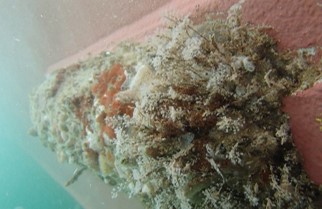
Consequences of biofouling
The impact in many areas of the world is truly catastrophic. Namely, official data indicate that the population of invasive species is increasing dangerously, while new areas are being affected all the time.
[smlsubform prepend=”GET THE SAFETY4SEA IN YOUR INBOX!” showname=false emailtxt=”” emailholder=”Enter your email address” showsubmit=true submittxt=”Submit” jsthanks=false thankyou=”Thank you for subscribing to our mailing list”]
These species are also harming biodiversity, leading to health issues, which are becoming more and more serious. The consequences however, do not stop there. Biofouling affects the economic stability of the industries that depend on the coastal and marine environment, such as tourism, aquaculture and fisheries.
As far as ships are concerned, these organisms may lead decrease of speed by up to 10%, something that in turn may require even a 40% increase in fuel to counterbalance.
How anti-fouling prevents biofouling
Anti-fouling systems are the remedy to this increasing problem. IMO defines such systems as:
A coating, paint, surface treatment, surface or device that is used on a ship to control or prevent attachment of unwanted organisms
Namely, anti-fouling paints are applied on the hull of a ship, reducing the accumulation of invasive aquatic species, maintaining a smooth hull. They do that by reducing frictional resistance, which can lead to better fuel performance.
However, except from ensuring a smooth hull, antifouling also protects the marine environment.
This technology is not recent. Even from the early days of sailing ships, lime and later arsenic were used to coat their hulls. Then, modern chemicals industry created effective anti-fouling paints using metallic compounds. These compounds slowly enter into the sea water, killing barnacles and other marine life that have attached to the ship. Nonetheless, studies have shown that these compounds remain in the water, killing marine organisms and damaging the environment.
Nowadays, most paints are releasing toxins. This ensures a decent antifouling performance, but it may harm the marine environment. Because of this, the use of organotins, such as tributyltin (TBT), on ship hulls was banned in 2001, while other toxins in antifouling are restricted by law. Furthermore, copper-based paints are not yet prohibited, but they may be in the future.
This has led the industry to come up with new solutions to prevent invasive species from sticking in ships’ hulls. Some of them are:
- Hydrophobic foul-release coatings: These low energy coatings enable an easy release of marine organisms;
- Copper-free antifouling: These paints are harmlessly repelling marine organisms from the hull, rather than killing them;
- Nano antifouling: These coatings create a surface so slippery that no organism can stick. Studies have indicated that it can work, but but only on boats with speeds of 10 knots and higher.
Additionally, in order to address worries about the impact of hull biofouling on the marine environment, BIMCO and a group of industry partners aims to establish an internationally recognised standard on underwater hull and propeller cleaning.
This standard would ensure that the result of the cleaning complies with a set of specifications; control the environmental impact of the process and coating damage and promote a safe and effective cleaning process.
Regulatory Update
IMO
The International Convention on the Control of Harmful Anti-fouling Systems on Ships, which was adopted on 5 October 2001, does not allow the use of harmful organotin compounds in anti-fouling paints used on ships. It also establishes a mechanism to prevent the potential future use of other harmful substances in anti-fouling systems. The Convention entered into force on 17 September 2008.
According to the Convention, Parties must prohibit and/or limit the use of harmful anti-fouling systems on ships flying their flag, as well as ships not carrying their flag but operate under their authority. It also applies to ships entering a port, shipyard or offshore terminal of a Party.
Specifically, the Convention states that by 1 January 2003, all ships must not apply or re-apply organotins compounds which act as biocides in anti-fouling systems, and by 1 January 2008, ships must:
- Not have such compounds on their hulls or external parts or surfaces; or
- Have a coating that prevents such compounds leaching from the underlying non-compliant anti-fouling systems.
This regulation is applicable to all ships, with the exception of fixed and floating platforms, and gloating storage units that have been built before 1 January 2003 and have not been in dry-dock on or after 1 January 2003.
Biofouling management is not required by the BWM Convention, since it is not part of its scope, but biofouling can also be a significant contributor to the transfer of invasive aquatic species. A new project has been established by the Global Environment Facility, UN Development Programme and IMO as part of the GEF-UNDP-IMO’s GloFouling Partnership, aiming to focus on how biofouling should be controlled and managed to reduce the transfer of invasive aquatic species.
Vessel Biofouling, is believed to be responsible for up to sixty percent of the established invasive aquatic species along the California coast. Thus, California’s Marine Invasive Species Act includes a provision to remove Biofouling from vessels on a regular basis and California State Lands Commission (CSLC) introduced additional Biofouling management practices, performance standards, recordkeeping and reporting requirements, that are necessary to minimize the transport of invasive aquatic species into the waters of the State of California.
California’s Marine Invasive Species Program (MISP) and Biofouling Management Regulations
The Biofouling Management Regulations were adopted on 1 October 2017 with a phase-in implementation schedule according to the vessel’s dry-docking schedule.
The regulations apply to vessels that are 300 gross registered tons and above that carry, or can carry, ballast water.
These ships must develop a strategy to mitigate biofouling, the Biofouling Management Plan (BMP), and document that the strategy has been implemented, the Biofouling Record Book.
Nonetheless, the regulation presented certain issues. In fact, California emphasized that the International Anti-Fouling System (AFS) Certificate issued by a vessel’s flag state is not enough to document that a ship’s anti-fouling coating is effective to avoid the transfer of marine invasive species.
The AFS Certificate only verifies that the vessel does not have a harmful anti-fouling system, and a product data sheet says nothing about the vessel specific application of the anti-fouling coating
Biofouling is proving to be a bigger problem than we may have initially thought. Environmental damage, worse operation of ships and challenges on industries that depend on oceans, are some of its immediate impacts. However, operators should be aware of these problems and choose the right anti-fouling system to avoid them.
- From 01 October 2017, new biofouling regulations and reporting requirements are in effect for vessels of 300 gross tons (GT) or more, calling a California port.
- The US Coast Guard has required since 21 June 2012 a Biofouling Management Plan on board, and the State of California established a Marine Invasive Species Act in 2003 with the goal of reducing the risk of introducing invasive aquatic species.
- Australia has developed several guidelines since 2009 for biofouling for recreational vessels, non-trading vessels, commercial fishing vessels, the petroleum production and exploration industry, commercial vessels, and since 2013 the aquaculture industry, and are in the process of considering biofouling regulations.
- In New Zealand, the new Craft Risk Management Standard, which entered into force on 15 May 2018, requires that all vessels arriving shall have a clean hull or adhere to biofouling management best practices. The IMO Biofouling Management Plan (MEPC.2017[62]) is considered an example of best practices.
Choosing the best anti-fouling system
When considering what anti-fouling to choose, an operator should bare one thing in mind: there is no one-fits-all coating.
In fact, when an operator is about to select an antifouling system, he/she should address:
- Cost;
- Applicability;
- Speed;
- Idle Promise;
- Thickness;
- Longevity;
- Sailing Area;
- Roughness;
- Regulations.
Luckily the antifouling sector has evolved a lot over the last years. More and more technologies are showing up, aiming to decrease the accumulation of invasive species and improve the overall performance of the ship.
Additionally, the need to reduce fuel consumption as well as CO2 emissions has led paint companies to create new and better antifouling coatings for ship’s hulls. Overall, the right selection of any paint system should start with the identification of the operational needs expected to be covered by the system. After that, factors such as the expected service life of the system, maintenance or repair policy of the company as well as initial invested capital will complete the profile of the proposed solution.




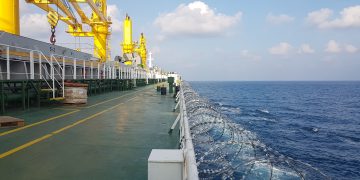
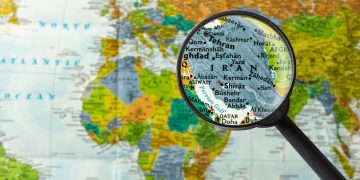
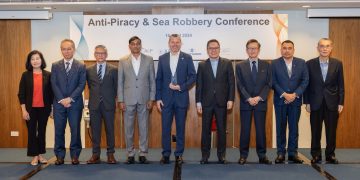

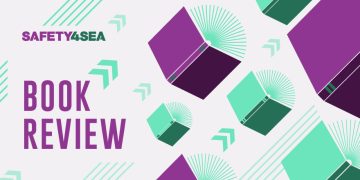
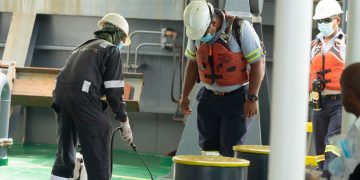


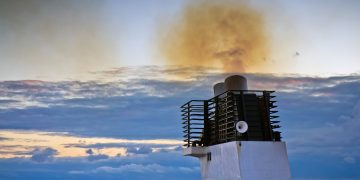

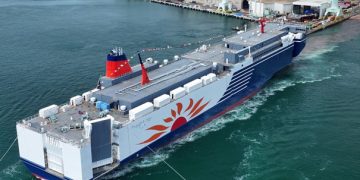
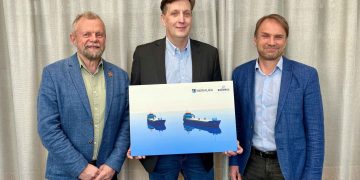

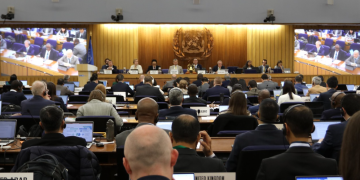
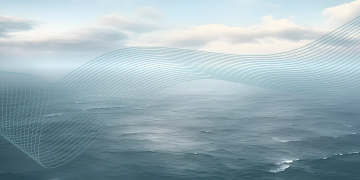
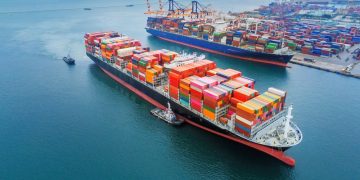
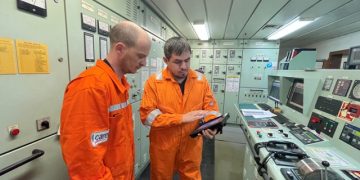
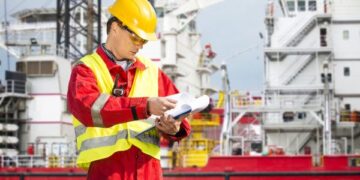
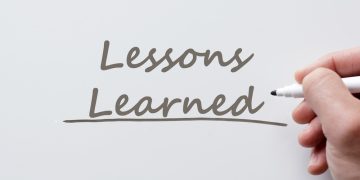

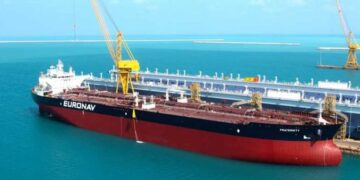
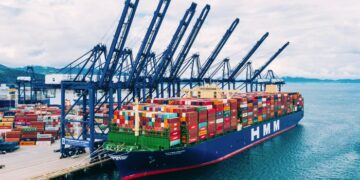

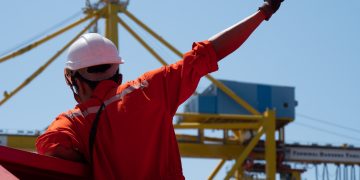
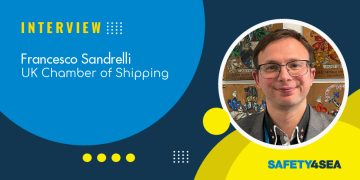


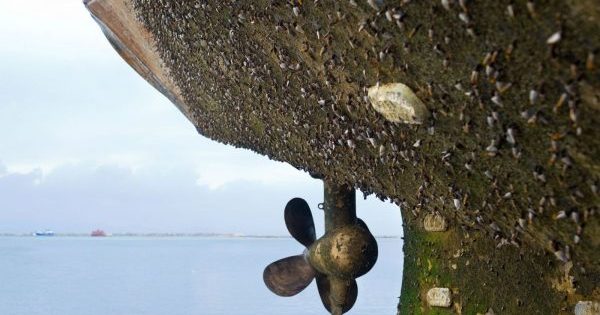








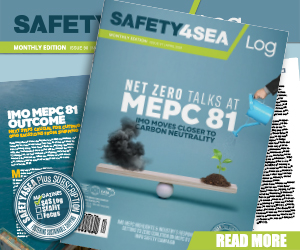











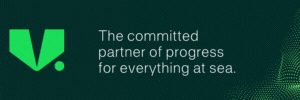







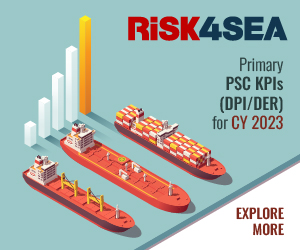

After applying anti fouling how long do you have before you need to put vessel in water.
every antifouling has it minimum flooding interval normally for a cuprous based AF its approx. 13 hours after the application of AF paint, you have also to consider the maximum flooding interval because your AF may expire if not immerse to the seawater within this parameters.